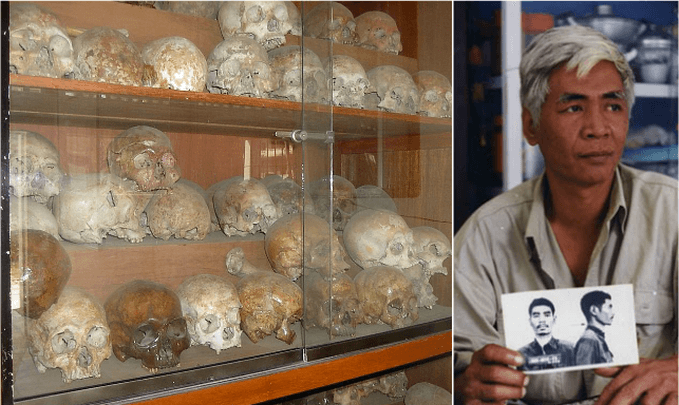A survivor of the notorious communist Khmer Rouge torture camp revealed that he and other inmates were forced to eat insects to stave off starvation—adding that they ate their meals alongside corpses of former inmates.
Vann Nath, a Cambodian artist, is one of only seven survivors of the notorious secret Khmer Rouge prison camp called S-21. Some 14,000 men, women, and children were tortured, interrogated, and executed during the far-left Khmer Rouge regime headed by Pol Pot that ruled between 1975 and 1979, according to his biography.





